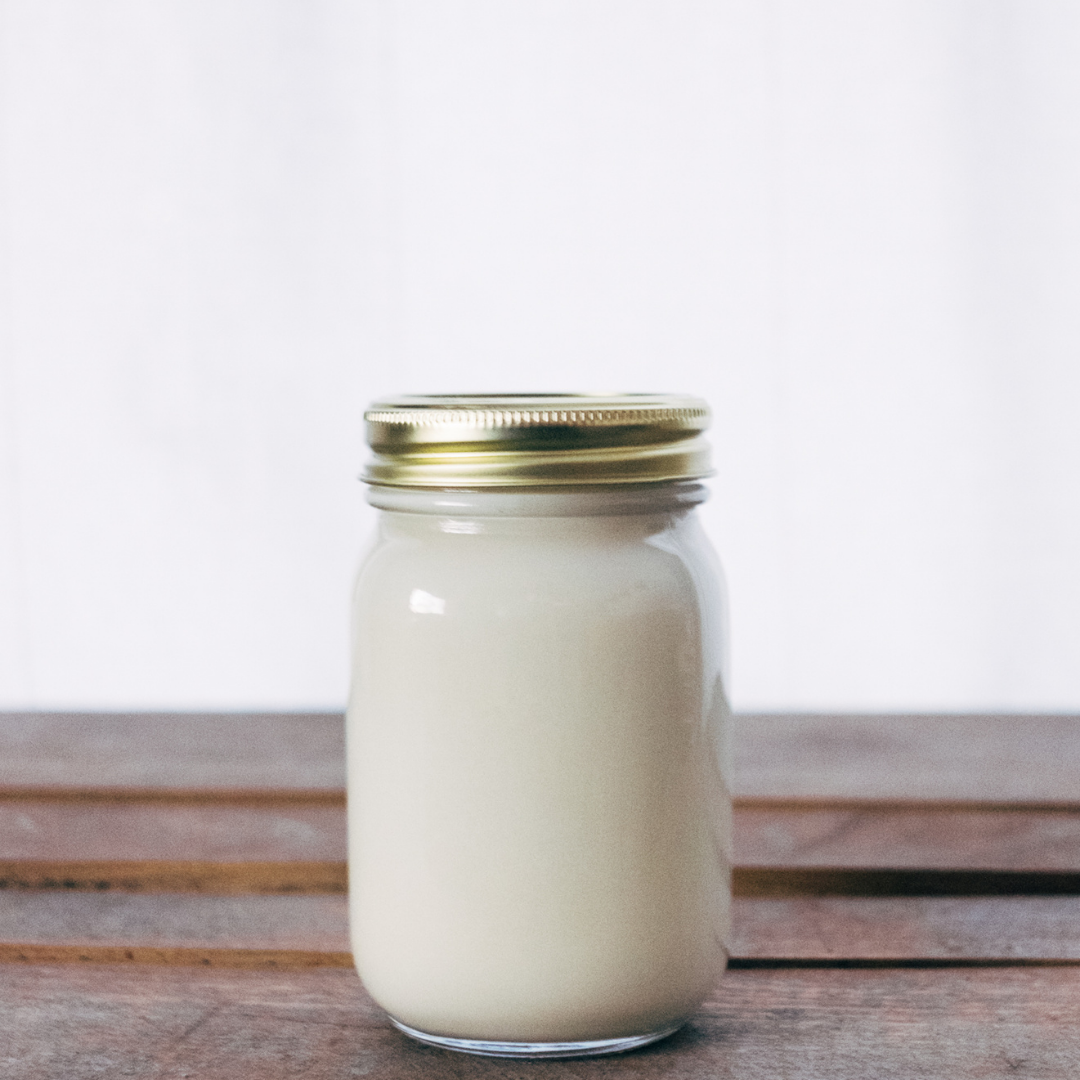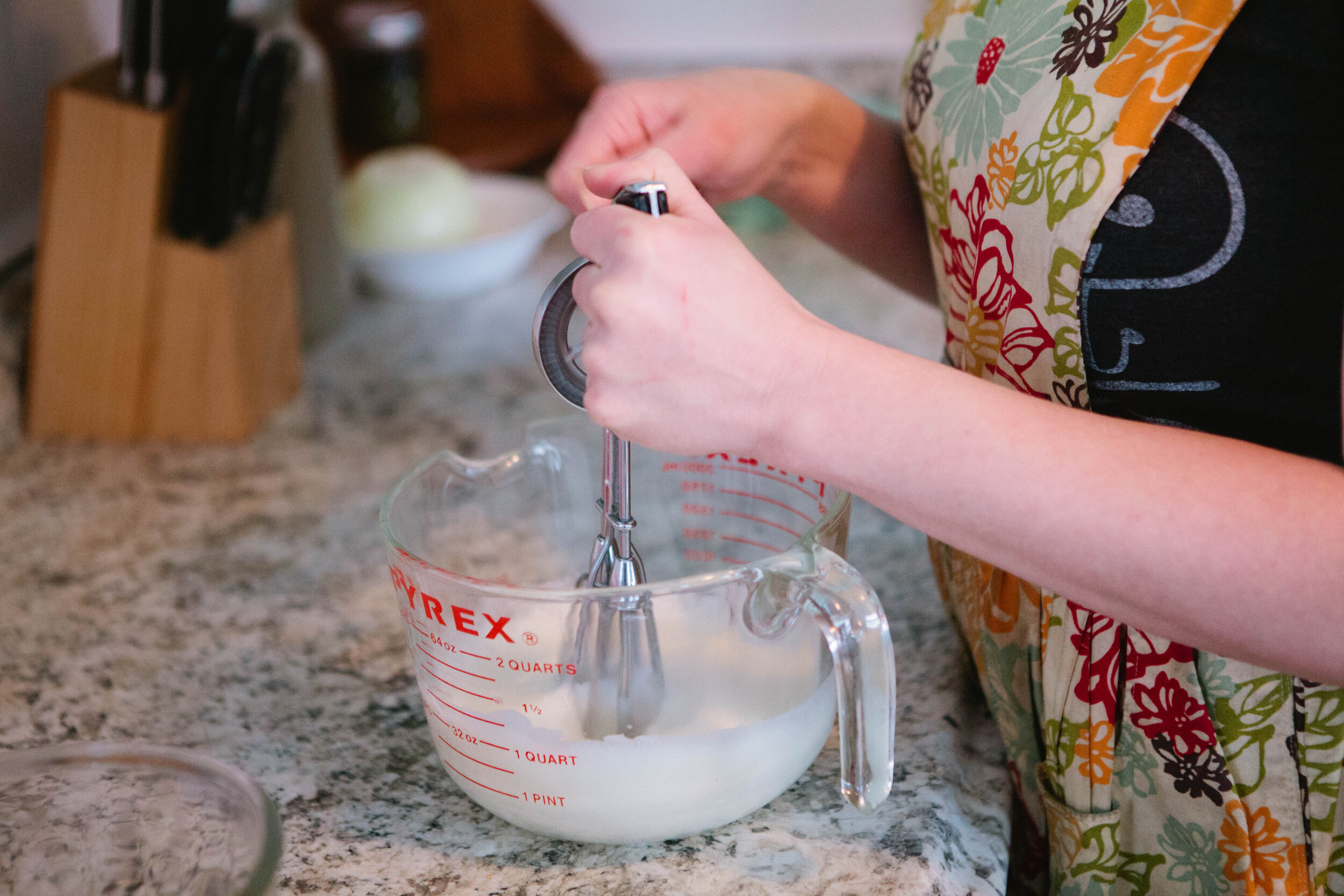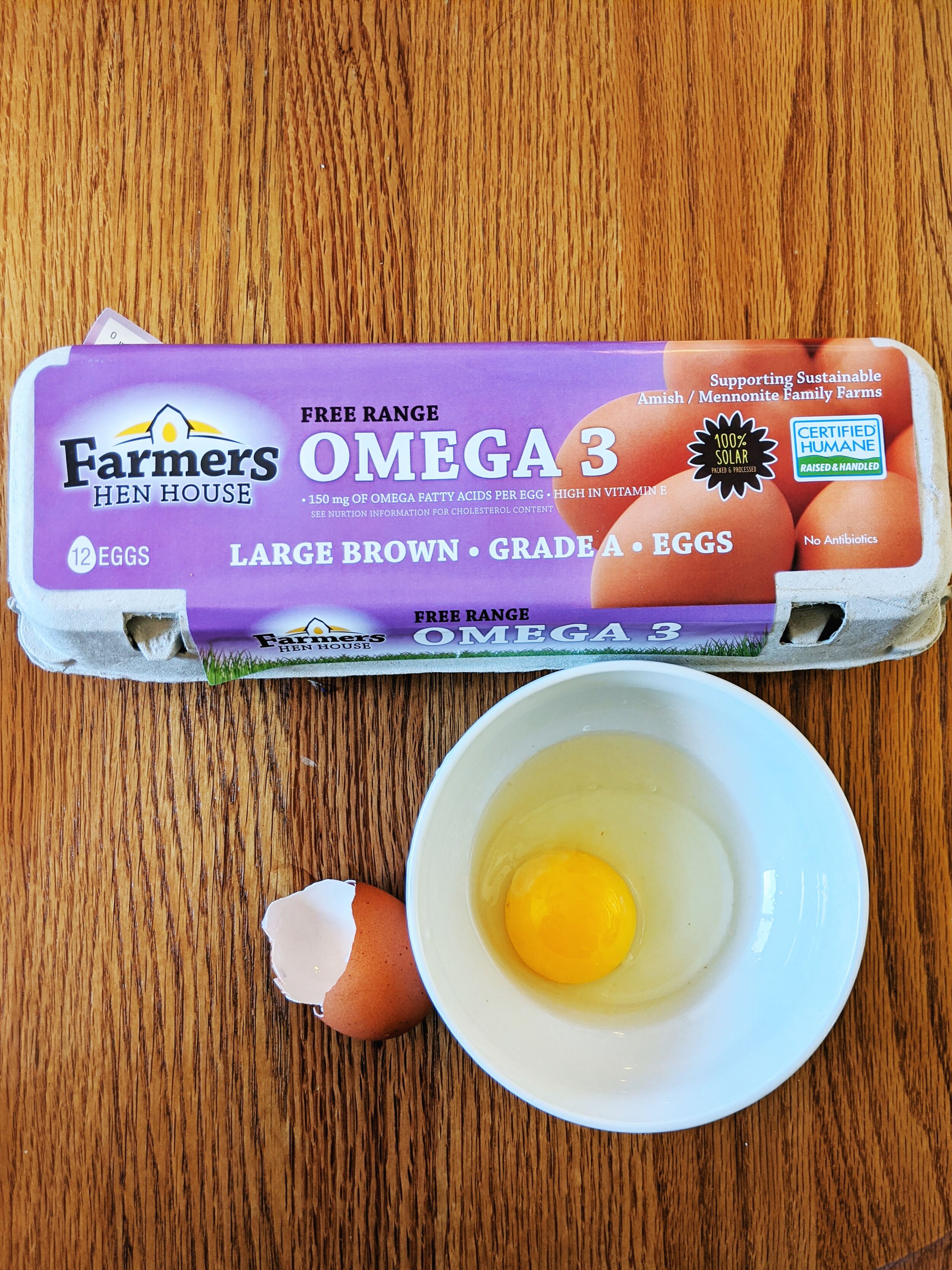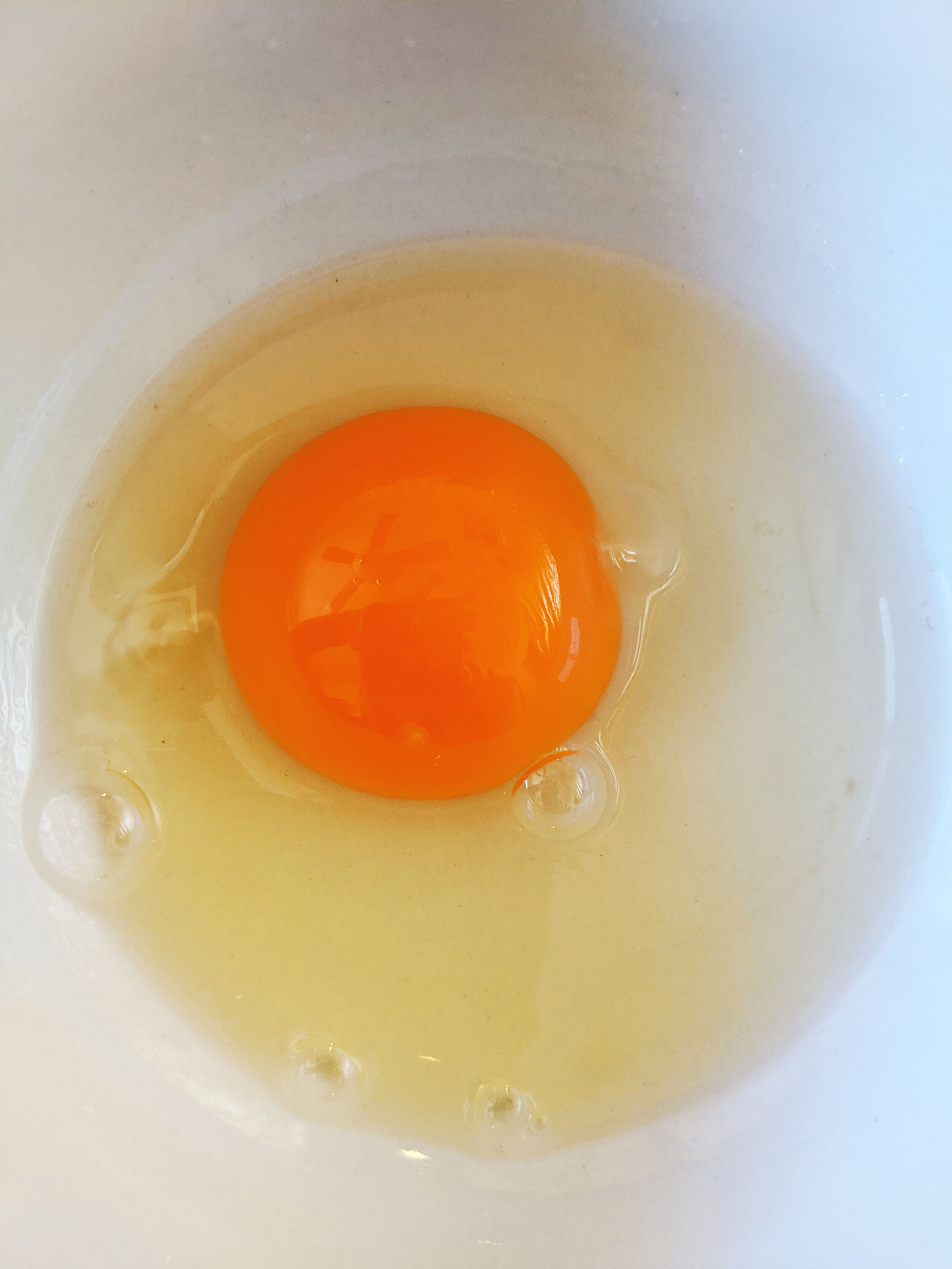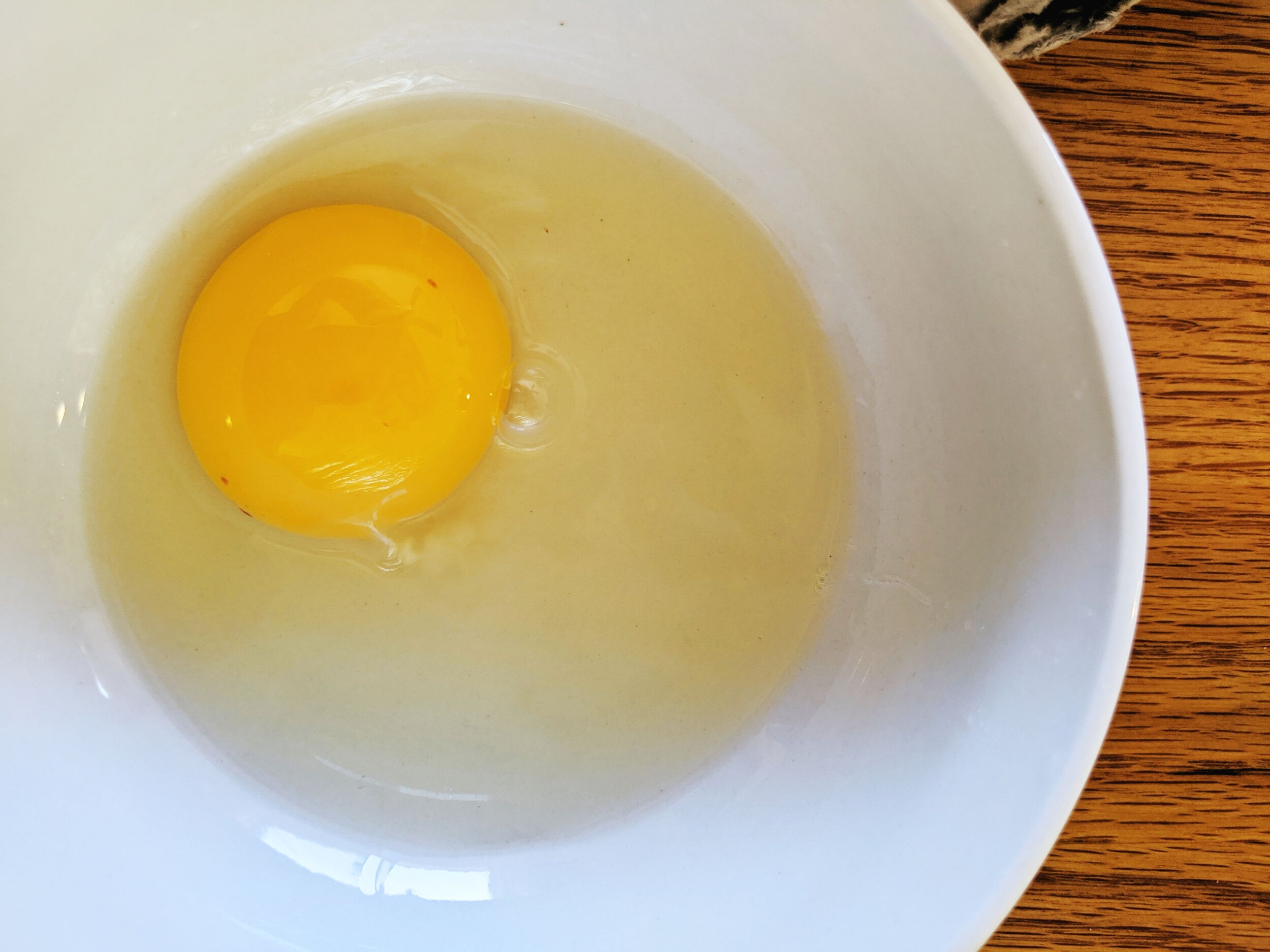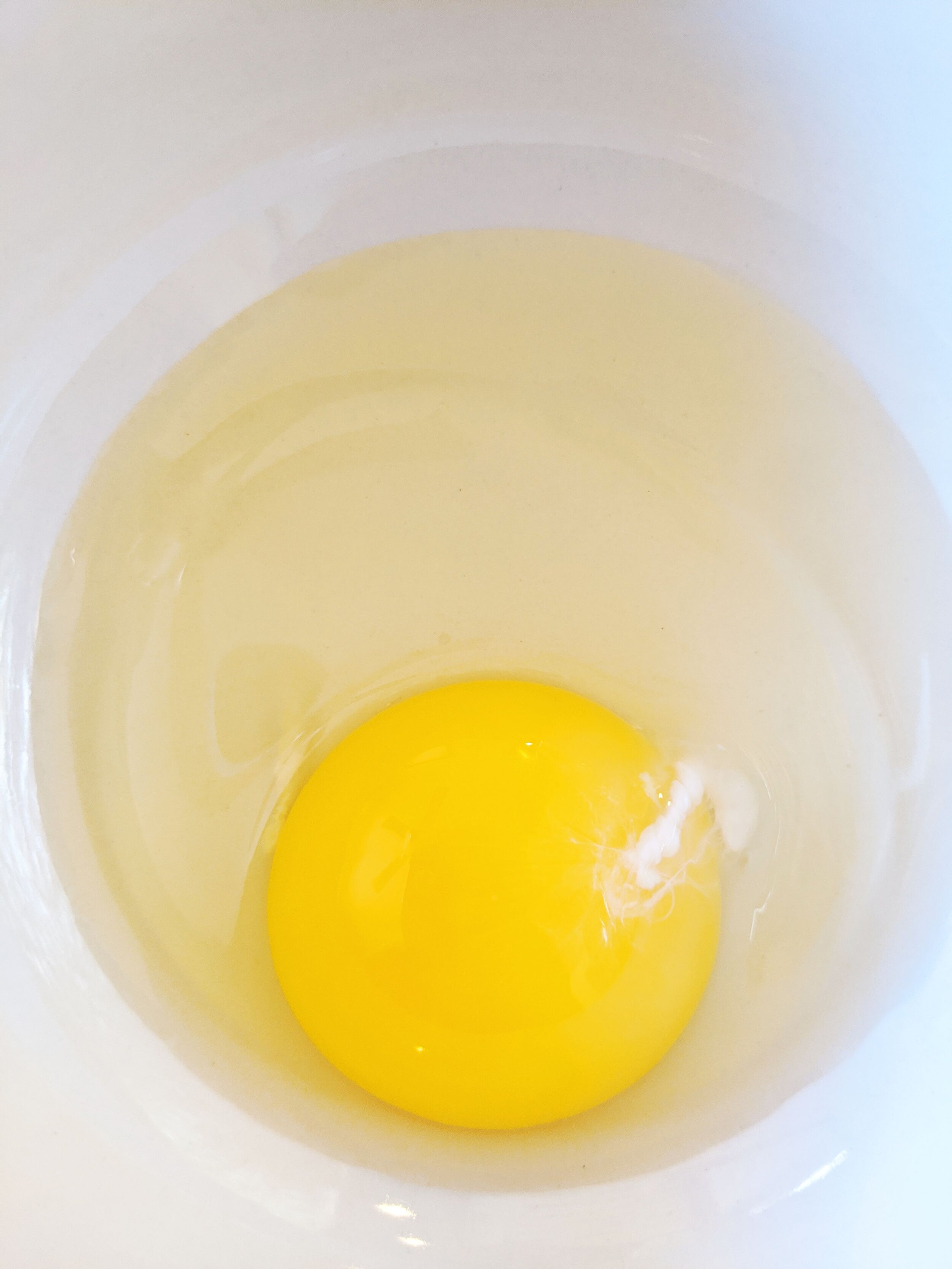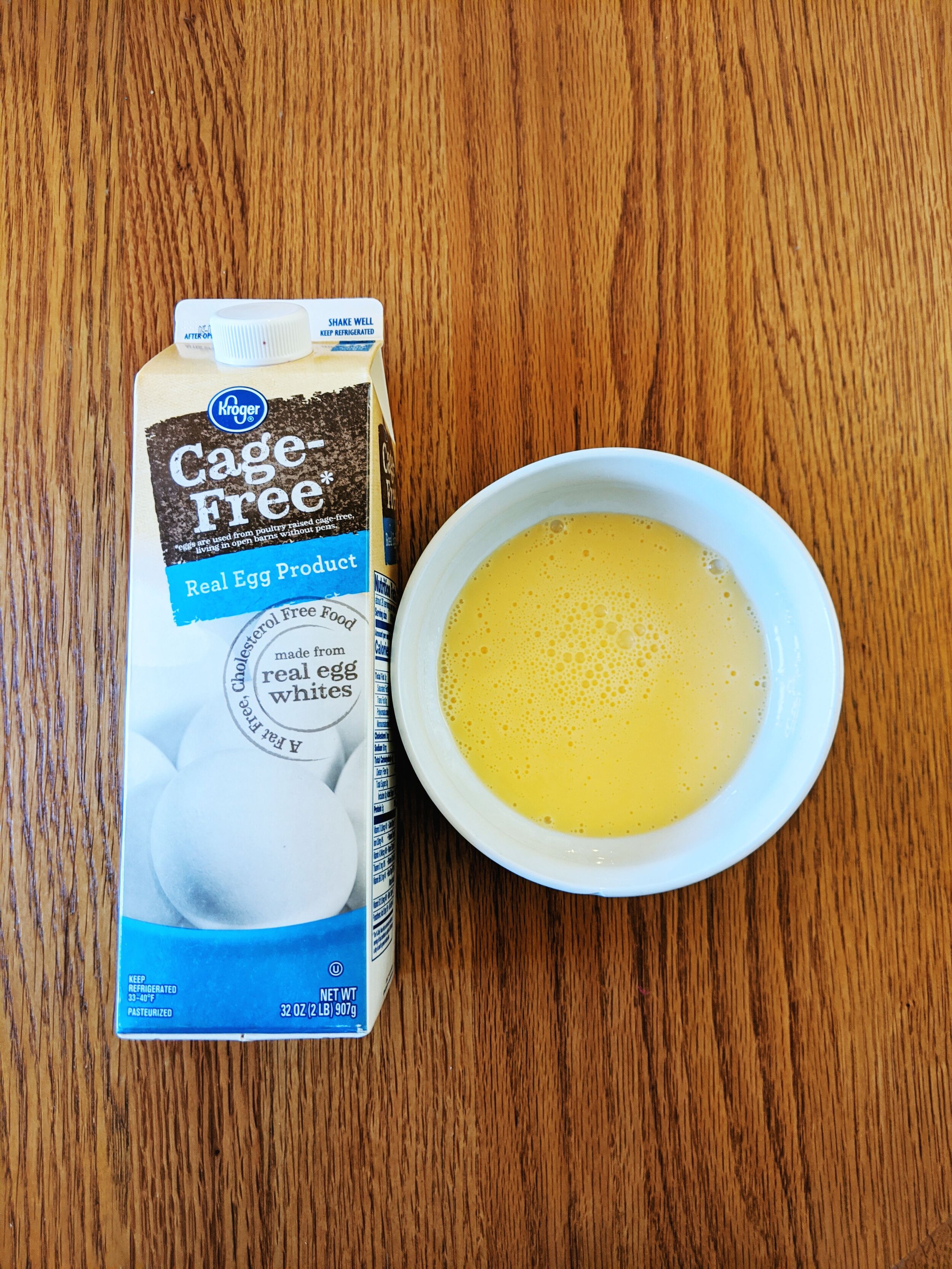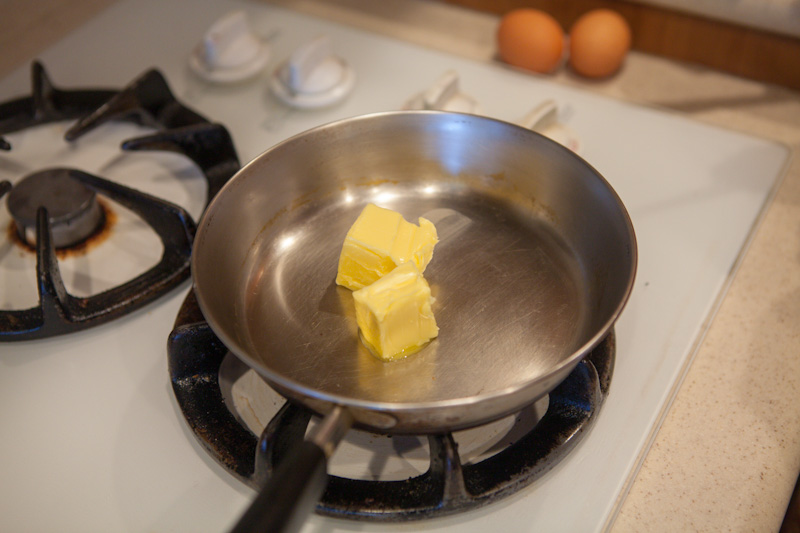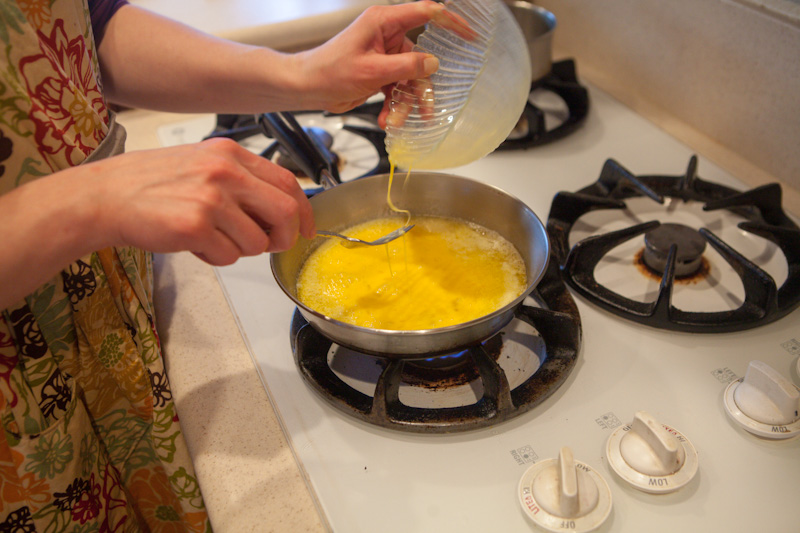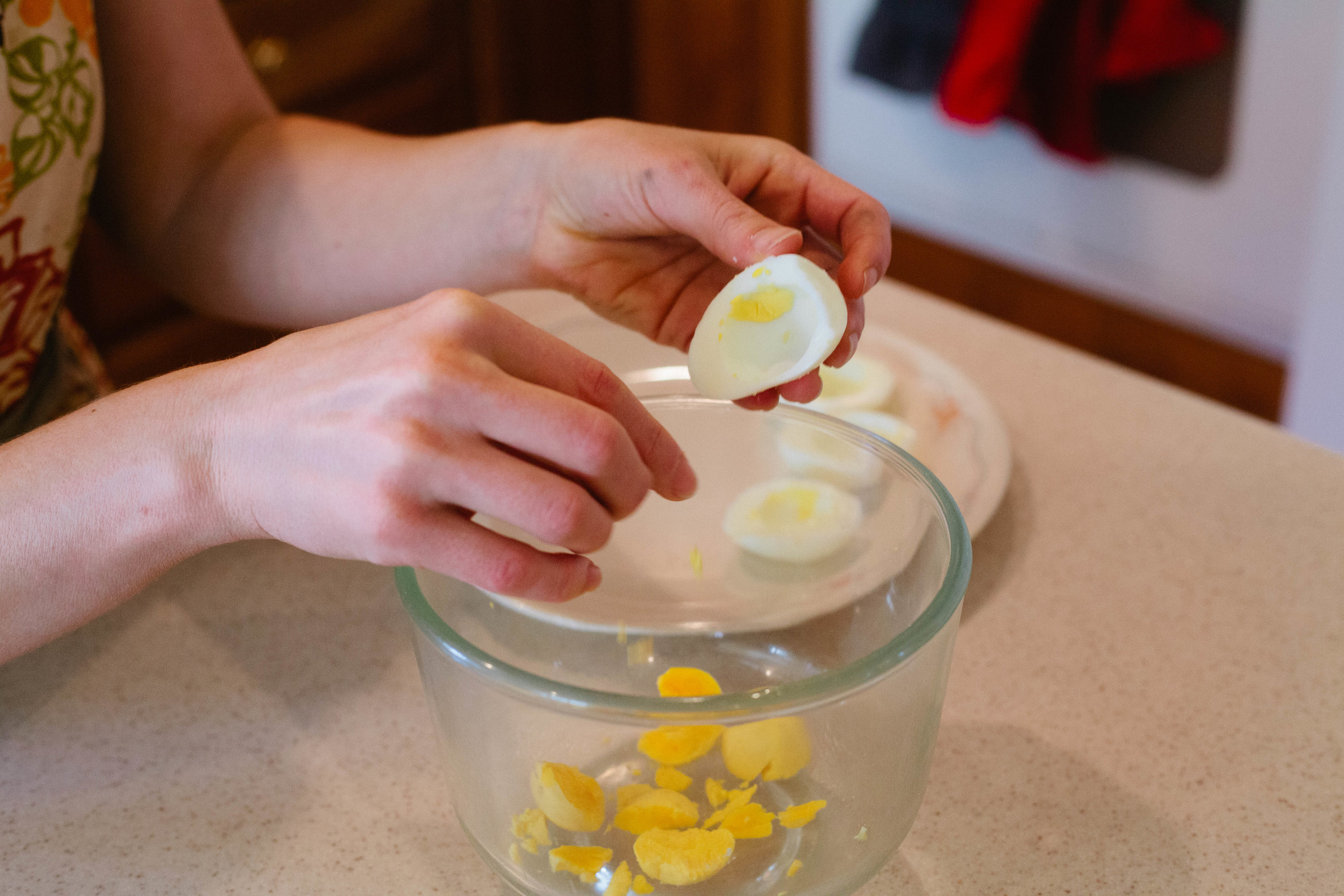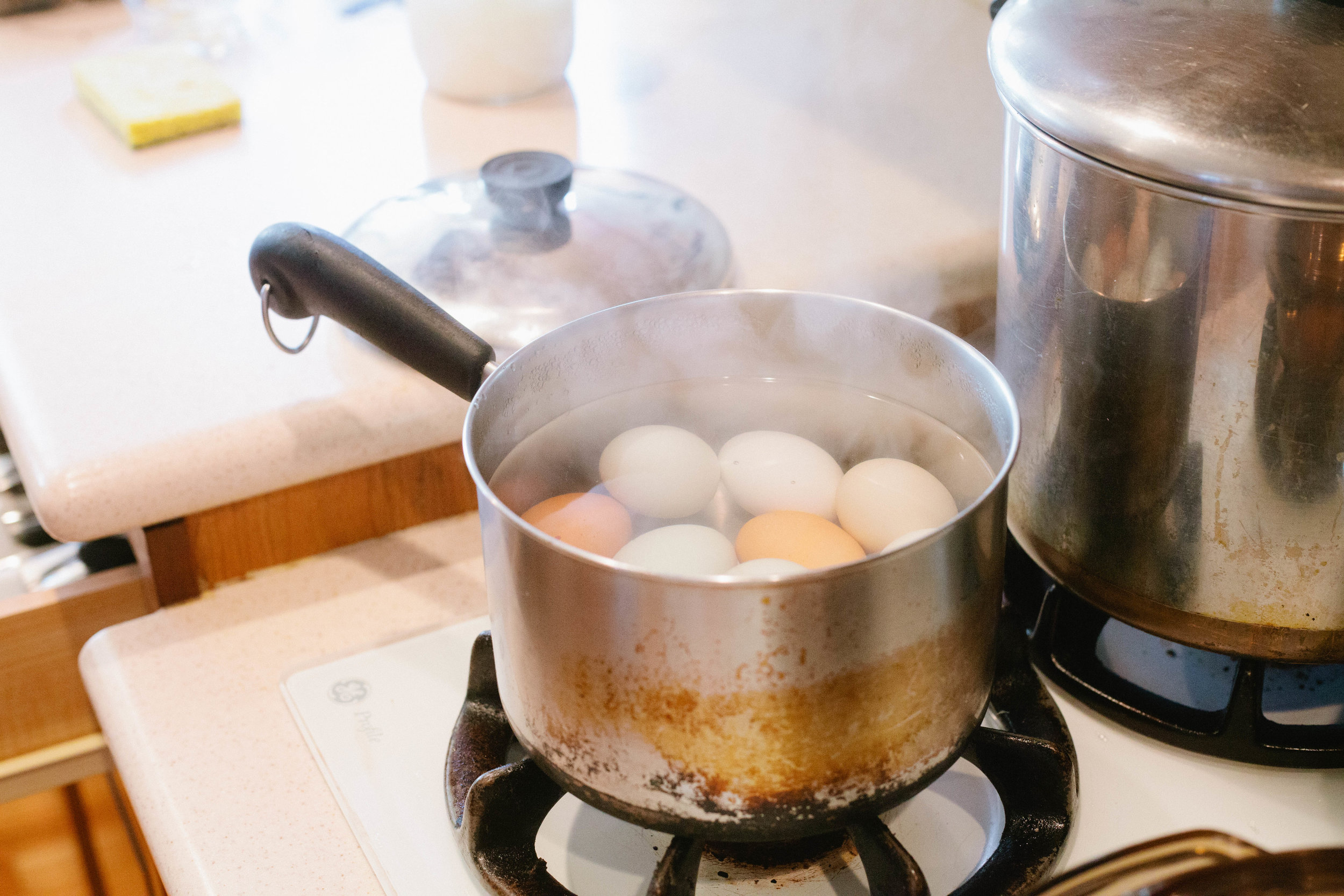Spring has come to my neighborhood! Over the last week, things have been budding and growing. Green has been showing, and flowers blooming. The sounds of spring have been happening for awhile, but are now in full force—birds chirping, squirrels chattering, and children playing. I took an sunset tour around my neighborhood to enjoy the spring evening, and I want to share with you some of the pictures I took. Then keep reading for some natural ways to manage your spring allergies!
There is another way I know that spring is here… my allergies have started to flare. Since going through the GAPS diet, my allergies are mild compared to what they used to be, but they still cause minor irritation—enough that I need to address them. So today I am going to share with you what I do to manage my allergies naturally. But before we discuss management techniques, let’s review what allergies are. Allergy symptoms are a product of the immune system. And we can think of them as a signal from our body to let us know that something is going on. Basically, they signal two things:
The first is that an allergen (a protein chain that is usually referred to as an antigen) has bypassed the body’s protective mechanisms. When this happens, the body mounts a non-specific immune response (an inflammatory response) against that allergen. In this process, certain cells (called mast cells) are degranulated, and release things like histamine into the bloodstream. Histamine travels to receptor sites in the GI tract, respiratory tract and the skin. These receptors then trigger a further response to the allergen, and we see symptoms like hives, mucus production, and swelling.
The second is that our liver is unable to keep up with processing mediators (like histamine) that have been released in the inflammatory response. As we saw above, histamine triggers the symptoms we are accustomed to in an allergic reaction. Histamine is not a problem when it is being processed and removed by the liver fairly quickly. But when it continues to circulate (because the liver isn’t pulling it out fast enough) it will continue to cause unpleasant symptoms—sending you signals that your body needs some assistance.
Okay, now that we are on the same page about what allergy symptoms are, let’s talk about ways to support your body so you don't suffer from them! Again, these symptoms are signals that your body needs some help. So what can we do to help support the liver and immune system?
Feed it Fat
The immune system is a very hungry organ, and what it likes best to eat is fat! Especially the Vitamins A and D that it contains. These are both found in abundance in butter, as well as lard, fermented cod liver oil, and other animal fats. The cholesterol found in these fats also plays an important role, for it is cholesterol that helps the body repairdamage from inflammation (watch this video for more on this).
Eat Sauerkraut
There are two benefits to eating sauerkraut (or fermented cabbage any way). The first is the probiotic benefit. The root cause of allergies is a leaky gut. Bad gut flora has everything to do with this. (This is too much to discuss in this post, so if you have further questions, I recommend chapter 6 of my book Notes From a GAPS Practitioner.) So eating probiotics will help the allergy problem, both long-term and short-term. However, if you are unused to eating large amounts of sauerkraut, I recommend you work up to it slowly. The second benefit of sauerkraut is the high amount of Vitamin C available in it. Lacto-fermenting cabbage increased the bioavailability of Vitamin C by about 4 times. Our immune system also needs Vitamin C to function well. So consuming large amounts of sauerkraut is like taking Vitamin C daily (which you could take in other ways, like arceola cherry powder). I enjoy sauerkraut, and find that if I eat between 1-3 cups a day (broken up with meals, or as a snack), my allergy symptoms are fairly well managed. I generally feel that my itchy eyes and throat are calmed down within about 20 minutes of eating it.
Apply Lavender Essential Oil
This is my quick-acting go-to if my symptoms are overwhelming. Lavender is a powerful antihistamine. If I run into a situation where my allergies flare up quickly, like having a cat rub against me, or when the cottonwood trees are seeding, I pull out my lavender oil. There are several ways to use it. You can apply it topically near the area that is affected (best for skin issues) or on the bottoms of your feet (if you don’t like the smell). You can diffuse it, so you breathe it into your mucus membranes and calm the histamine response there. Or (if you have a pure and safe brand like the one I use), you can take it internally. I prefer to place a drop or two under my tongue and let it absorb sublingually. This is the quickest way to get it into the bloodstream. Lavender tastes about like it smells, but the quick relief I get far outweighs the bitter taste it leaves. I usually feel relief from my symptoms in 2-5 minutes, but for most people it may take 10-20 minutes to feel the effect.
Support Your Liver
There are ways to help the liver when it is overtaxed. First, reduce the amount of toxins you are asking the liver to process, thus adding to its workload. In the spring I am more careful about what I eat. There are some foods I have “graduated” to that can be too much for my body to handle when it also has to deal with extra histamines in my “allergy season.” In the same way, it is good to be cautious about other toxins from chemicals in the environment (or on our skin) that are overloading the body. It is also important to use other methods of detox, such as detox baths and juicing, to help remove toxins and thus reducing the workload of the liver. Finally, eating liver (consuming the animal organ that matches our struggling organ is always helpful) regularly can be helpful. If you don’t like it, you can take desiccated liver. And for a little extra support, I will sometimes take the Standard Process supplement Antronex.
Try Something New
I have not tried this yet because I just learned about it, but this season I am going to try lacto-fermenting honey! Most of us have heard that honey can help with allergies, but it turns out that lacto-fermenting the honey increases these benefits even more! I’m interested to see how it turns out, and if it helps. The honey does have to be local to have a strong effect, and I fortunately have a little honey left over from the year I tried beekeeping. If you want to learn more about it, I would recommend starting HERE.
If you have tried lacto-fermenting honey, found success with any of these natural means, or want to share other things you have found helpful with the community, then leave it in a comment below!
Onward!
References: McCance, K. and Huether, S. (2006). Pathophysiology: The Biologic Basis for Disease in Adults and Children. Elsevier Mosby. Philadelphia, PA. Pg. 249-255. Lavender and the Nervous System. Koulivarnd, P. Ghadiri, M., Gorji, A. (September 4, 2012) Retrieved March 20, 2017 from https://www.hindawi.com/journals/ecam/2013/681304/

